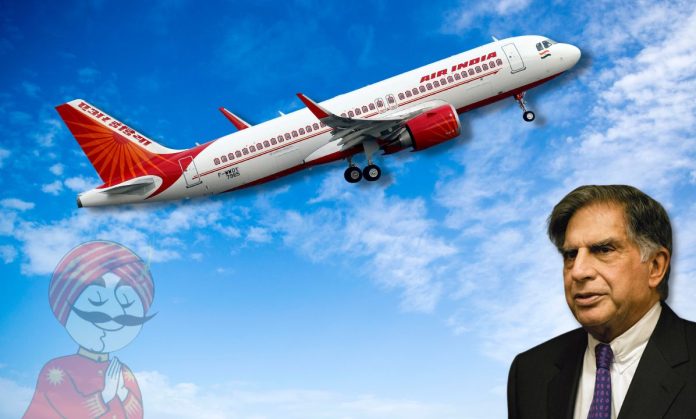The Tata Group has recently made two major announcements that are screaming expansion for Air India. The first announcement was a merger between Air India and Vistara Airlines which is Tata’s joint venture with Singapore Airlines (SIA). The second announcement came just weeks later after the first, about Tata-owned Air India placing a massive order of around 500 jetliners with European multinational Airbus and the American aerospace giant Boeing – a deal worth tens of billions of dollars.
The major reason behind these two massive moves is the large-scale and ambitious revival of Air India. According to the news agency Reuters which was the first to report on this development, this giant order includes “as many as 400 narrow-body jets and 100 or more wide-bodies including Airbus A350s and Boeing 787s and 777s”.
While the merger with Vistara will enable Tata to strengthen Air India’s presence in the skies, both domestic and international, the deal of ordering 500 jetliners will help the airline win back a significant share of traffic flows to and from India, currently dominated by foreign carriers such as Emirates.
After the merger with Vistara which gave Tata a fleet of 218 aircraft, Air India also became the country’s largest international airline. In the domestic market, the airline comes second to IndiGo.
The Tata group which completed purchasing Air India in January 2022, is currently struggling to upgrade and revive an ageing fleet, shoot up the financial figures and improve service levels.
Although Tata Sons bought Air India in October last year, the government of India successfully handed over the debt-ridden airlines only in January 2022.
The salt-to-steel conglomerate made a successful bid of Rs 18,000 crore to buy Air India in October last year, defeating the second bidder Ajay Singh, the promoter of budget airline SpiceJet.
After the successful purchase, Tata Sons chairman N Chandrasekaran said, “We are excited to have Air India back in the Tata group and are committed to making this a world-class airline. I warmly welcome all the employees of Air India to our group, and look forward to working together.”
The airlines which was previously run by the government of India was incurring losses of nearly $2.6m every day. Some major reasons for the loss were rising aviation fuel prices, high airport usage charges, tough competition from low-cost carriers, a weakening rupee and the interest burden for its poor financial performance.
It was JRD Tata who founded India’s first airline in the year 1932. Originally, it was known as Tata Airlines. In1946 when it was converted into a public entity, the name changed to Air India. In 1953, the airline was nationalised becoming the country’s national carrier. In 2007, it was merged with the state-owned domestic operator, Indian Airlines. Since then it has been making losses but surviving only due to taxpayer-funded bailouts.
Finally, in April 2012, the union government approved a $5.8 billion bailout for the air line, which was to be received by 2020. In March 2018, the government decided to sell a controlling stake along with $5.1 billion of the carrier’s debt to keep the airlines alive and also relieve the government of expenses.
Since no private company expressed interest to buy a 76 per cent stake, the government decided to sell 100 per cent of the stake. This resulted in Tata Sons purchasing 100 per cent stake at Rs 180 billion in October 2021. In January 2022, Tata regained control of the carrier.































